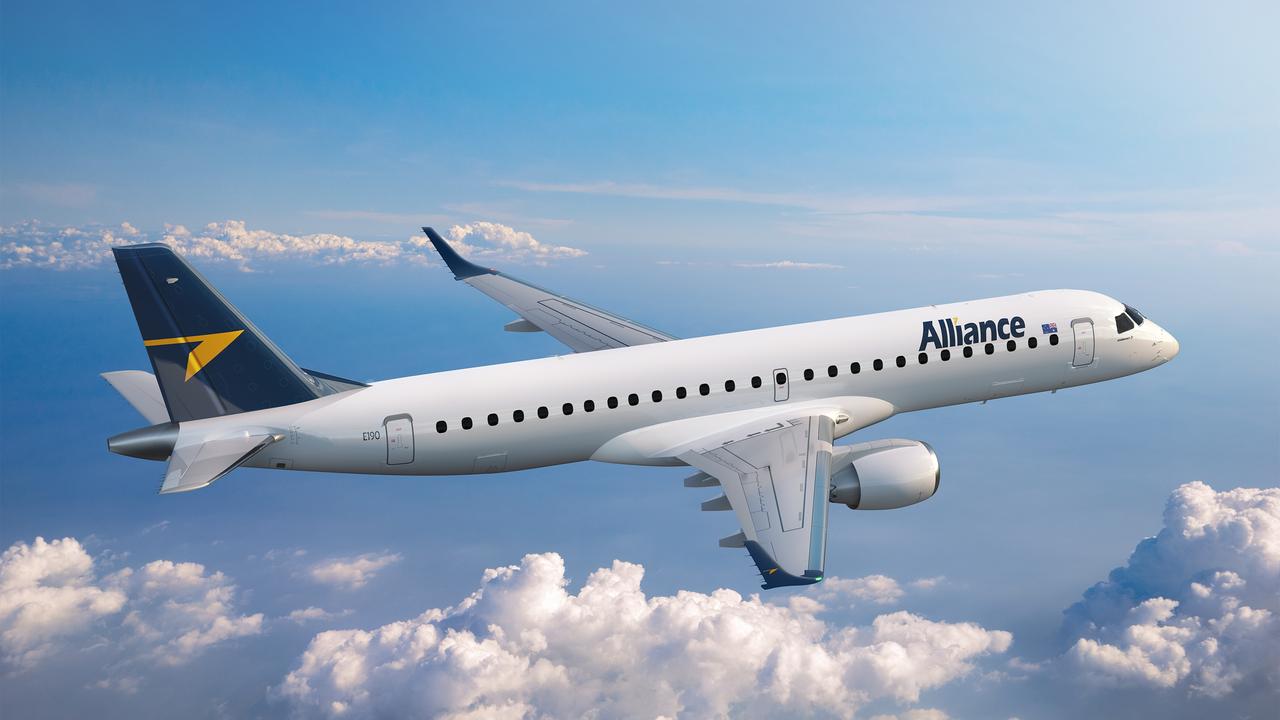Airline cockpits are too crowded for the tecnological age
In the old days flight crews were upwards of eight members, but now a pilot and his dog can do the trick.
Most international airlines use two captains and two first officers (two crews) on ultra long-haul flights.
Others get away with one captain, one first officer and two second officers. I always thought of second officers as being not long out of the cadet phase, still under training, and not allowed to land the aircraft.
I spent several years as a navigator on No 5 Squadron RNZAF Sunderland flying boats before I joined the RAAF.
The minimum crew for basic eight-hour patrols was eight. Two pilots, a navigator, two signallers (called air electronic officers these days) and three engineers. Six on duty on the flight deck and two on the lower deck for slipping the moorings and galley duty.
Twelve-hour patrols required a heavy crew which meant an additional pilot and navigator for relief duties. Sixteen-hour patrols and above required two complete crews. This was a peacetime complement and a wartime anti-submarine crew would be upwards of 12 members including bomb-aimer (navigator secondary role), radar operator, sonobuoy deployment and machine guns. All positions were on intercom so it was never lonely.
When the first long range B707 jet airliners appeared it required a technical crew of captain, first officer, navigator and flight engineer. The navigator generally used sextant astro navigation as the primary means along with long-range radio aids such as LORAN.
The introduction of inertial navigation, which was easily handled by the pilots, meant the navigator was given the flick.
Then years later the introduction of computerised glass cockpit aircraft where aircraft systems were somewhat automatic and easily handled by the pilots meant flight engineers were put out to pasture.
Modern sophisticated aircraft, such as the B777, which has 80 on-board computers and its systems, are self-monitored. Take for example a fuel leak: A caution amber message will warn the pilots who just observe, as the almost artificial intelligence will try to identify and isolate the problem. The system diagram will automatically pop up on the large screen and the pilots just watch as valves and other items are actioned until it has completed the diagnostic assessment. It then indicates to the pilots any action they may be required to perform.
The point is pilots do not even have to monitor aircraft systems any more. The B777 can easily be flown solo by any competent type qualified pilot.
With nothing to do on long Pacific flights, boredom and overeating are the biggest problems.
As has been bandied around the aviation industry for a while the ideal crew is a pilot and a dog.
The pilot is there to feed the dog and the dog is there to bite the pilot if he tries to touch anything .
Byron Bailey is a former RAAF fighter pilot who flew B777s as an airline captain.


